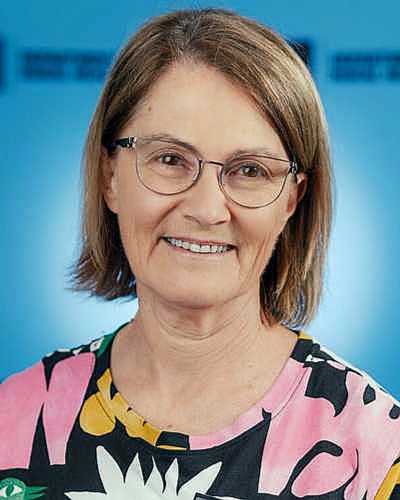Now published, see the full article 
Early Abstract:
Background: Challenges to addressing workforce maldistribution for equitable rural healthcare access continue, including for dermatology services. The conceptual complexity of the notion of ‘rural’ adds to the challenges, with the term ‘rural’ reflecting socially-constructed meanings. In relation to healthcare workforce strategies, socially-constructed meanings of ‘rural’ indicate preferences for quantifiable framings and tendencies towards deficit-based portrayals. While quantifiable framings provide impetus for implementing and evaluating important rural healthcare workforce strategies, their tendency towards deficit-based portrayals risks overlooking positives of rural healthcare practice and stereotyping rural areas as problematic environments for healthcare. The importance of balancing deficit-based portrayals of ‘rural’ with more positive orientations is recognised as important for addressing the maldistribution of the healthcare workforce. Adding further to the complexity of addressing workforce maldistribution is the range of strategies required. Encompassed in these strategies are socially-constructed approaches and conflicting interests. The notion of ‘tensions’ has potential for making sense of, and addressing, the complexity of these competing interests. Importantly, not all ‘tensions’ need to be resolved. By identifying, embracing and holding ‘tensions’ rather than necessarily resolving them, space for ongoing rich discussion can be deliberately created.
Method: This qualitative research used a wide-angle, strength-based lens to explore the topic of working in a rural area, from the perspectives of dermatologists and dermatology trainees. The wide-angle lens allowed consideration of the multiplicity of approaches. The strength-based lens allowed the research to go beyond deficit-based portrayals and embrace ‘tensions’ inherent in the complexities of addressing workforce maldistribution. This study, undertaken in the interpretive research paradigm, was informed by philosophical hermeneutics. The research question was: ‘How can working in a rural area be conceptualised from the perspectives of dermatologists and dermatology trainees?’. Data collected through semi-structured interviews with seventeen participants providing dermatology services in rural areas (eleven dermatologists and six dermatology trainees) were iteratively interpreted. Data were initially coded descriptively, with iterations moving towards more conceptual themes.
Findings: The ‘Model Conceptualising Dimensions and Tensions of Working in a Rural Area: From the Perspective of Dermatologists and Dermatology Trainees’ is presented to illustrate the interpreted key themes, subthemes and implications. The four key themes are dimensions of working in a rural area: choosing to work in a rural area; transitioning out of a metropolitan area; embedding into the rural community; and working within the complexity of ‘rural’. As illustrated in the model, subthemes are characteristics capturing inherent diversity within each dimension, and the implications are ‘tensions’.
Discussion: Issues for ongoing discussion arising from these ‘tensions’ include: metropolitan as a gravitational force to be overcome; complexities of individual choice, including implications for absence of choice; importance of community as people at the core of the strategies; and the taken-for-granted language for ‘rural’ inadvertently reinforcing deficit-based portrayals. A set of reflective questions related to these issues is provided.
Conclusion: The reflective questions posed can be discussed, grappled with and considered when developing strategies that address workforce maldistribution and when exploring different experiences within the complex social construction of ‘rural’.


